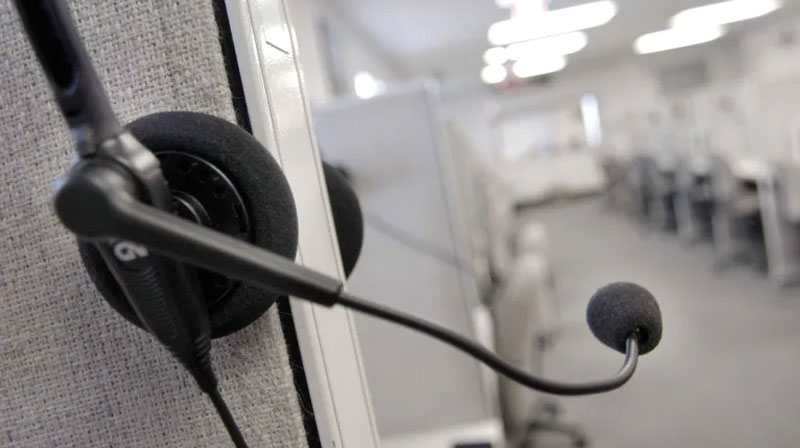Improving Air Ventilation and the New Normal
While vaccines and masking continue to be important to stopping the spread of COVID-19, experts say proper ventilation and filtration are also key and companies need to take them into account as they continue to develop back-to-work plans.
Employees should be asking what extra protocols have been put in place, said Krystal Pollitt, an assistant professor of environmental health science and chemical and environmental engineering at Yale University.
Pollitt, who has also worked with Ontario's COVID-19 Science Advisory Table, said employees should question how close they'll be to other employees and what is the company's masking policy.
"You can be asking about the type of ventilation in the first place. So is there a mechanical ventilation system that supplies air centrally through the building through an HVAC system?" she said.
"If there is, you should be asking questions about what is the filter within that system? Is it a HEPA filter? Is it a MERV 13 filter?"
MERV is the technical term for an air filter rating developed by the American Society of Heating, Refrigerating and Air-Conditioning Engineers (ASHRAE).
Pollitt said a MERV 13 filter has been recommended as the minimum standard for filtering out COVID-19 particles. A HEPA filter has a rating higher than MERV 16.
Every space is different
Pollitt said another question to ask is how many times per hour is that air being exchanged to prevent transmission — the goal is six.
But she also said every space is different, a sentiment echoed by Stephane Bilodeau, a ventilation specialist who teaches at the University of Sherbrooke. He said buildings built in the past 20 years would be required to have ASHRAE ventilation standards, but even then, upgrades may still be needed.
"The level of filtration that your system has might not be sufficient to capture the aerosols, so the really small droplets, they're not captured by the regular filters," he said, adding newer buildings usually only have a MERV rating of seven or eight.
Too much cleaning?
For older buildings, he said there are other options such as portable HEPA filters — which many Ontario schools are using this year — or, if you have access to outside air, you could install an air exchanger, which replaces stale air inside with fresh air from outside.
"That's something that can be done with a smaller budget and smaller timeline." he said.
But it can be just as important for companies to call in an expert before shelling out for new equipment, said Dorothy Wigmore, an occupational hygienist who added there needs to be a focus shift from cleaning surfaces to cleaning the air.
"You get somebody who can help you figure out where to place them, how many do you need," she said.
"Even the CDC (Centre for Disease Control in the U.S.) recognizes this. Way back in April, they said, 'Oh, it doesn't look like surface transmission, or contact transmission, really was happening or it's really rare," she said.
"Especially when most of the disinfectants that people are using, whether it's the popular ones … contain really toxic ingredients, many of which can cause or trigger asthma."
Instead, Wigmore recommends cleaning surfaces once a day with soap and water and a microfibre material, unless someone has been sick or you work in a healthcare facility where disinfectant would be more appropriate. But she pointed out there are less toxic disinfectants too, such as hydrogen peroxide.




